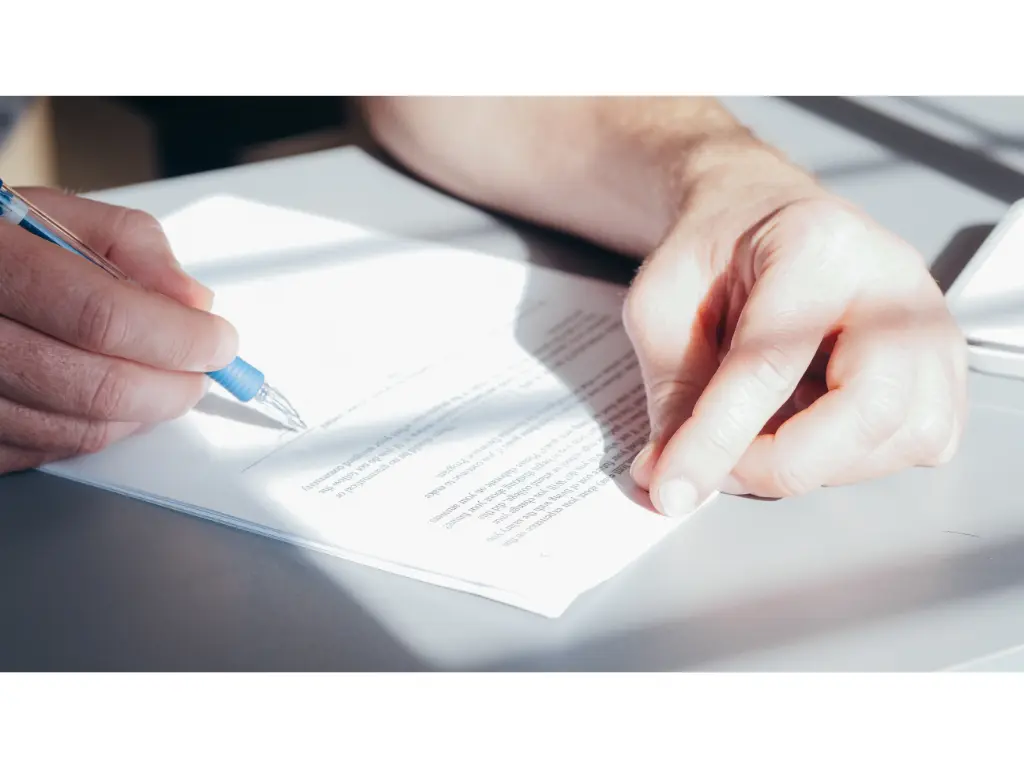- Home
- GPC Ecuador
Ecuador - Home
Login
Forget Password
Ecuador
has three main documents that together establish
the rules for chemical industry in the country:
-
Technical Regulation 078 on transport,
storage, and management of hazardous materials
-
Acuerdo Ministerial 099 on instructions for the registration of
hazardous chemical substances and environmental obligations
-
Decreto 752/2019 that states the creation of a chemical
inventory and a chemical registry
Additionally, Ecuador is
part of the Andean Community, which indicates that the communal regulation for
chemical pesticides for agriculture is in place (Resolución 2.075/2019).
News

Ecuador publishes Draft Rules Aiming to Tighten Cosmetic Safety and Labeling Standards
Sep-25-2025
A new draft proposal published by the National Health Regulation Agency (ARCSA) in Equador sets out stricter requirements for cosmetics, aiming to boost consumer safety and ensure products on the market meet higher technical and scientific standards. The draft outlines obligations for companies seeking to sell cosmetic products, household hygiene products and personal hygieneabsorbent produtcs whether manufactured locally or imported to Ecuador. This framework is designed to protect public health while aligning with international practices.
Clearer Rules for Companies
Under the proposal, firms would need to provide detailed technical files for every product. These must include manufacturing processes, ingredient specifications, stability testing, and toxicological assessments. Authorities would also require proof that any claims, such as “anti-aging”, “moisturising”, or “UV protection”, are backed by scientific evidence. The draft also reinforces responsibilities for businesses to register officially and designate a legally responsible person for product compliance.
Safety at the Forefront
Regulators highlight that safety is a core pillar of the new requirements. Companies would need to demonstrate that products do not contain banned or restricted substances, and to carry out risk assessments for vulnerable groups such as children and pregnant women. Toxicological profiles of each ingredient would form part of the mandatory dossier, providing authorities with a clearer picture of potential risks.
Labels Under Scrutiny
Labels are also set to face tighter controls. Products must display full ingredient lists using the international INCI system, expiry dates, instructions for safe use, and details of the responsible company. A batch number will be mandatory to improve traceability in the event of recalls.
Next Steps
The draft remains open for consultation until the 8th of October 2025, with regulators expected to refine the proposals before they come into force. If adopted, the rules would mark a significant shift for the cosmetics industry, placing greater emphasis on transparency, safety, and accountability. The proposa can be found here (in Spanish).

Ecuador Publishes Draft Framework to Streamline Health Product Registration
Jul-22-2025
The Ecuadorian National Agency for Regulation, Control, and Health Surveillance (ARCSA) has issued a resolution introducing new reforms to the technical sanitary regulations for the registration of health products. The reform, which is part of a broader initiative to streamline administrative processes.
The resolution, ARCSA-DE-2025-xxx-DASP, is built upon the Ecuadorian Constitution's commitment to public health and the authority granted to the nation's health agency. This includes maintaining conformity with national laws and international treaties, such as the Andean Decision 833, which mandates mandatory sanitary notifications for cosmetic products.
Key Changes Introduced:
-
Product Certification and Documentation Requirements:The updated regulations call for more robust documentation for product registration and sanitary notification. Among the mandatory requirements are technical product sheets and manuals, which must include key details such as product names, intended uses, specifications, and production processes. For some products, especially medical devices, additional certifications and approvals are necessary, including those from the Comité de Ética de Investigación en Seres Humanos (CEISH) for in-vitro research use products.
-
New Definition for In-Vitro Use Products:In a significant update, a new definition for "Research Use Only" (RUO) products has been added to the regulatory framework. These products, intended solely for scientific or technological research, will now require specific documentation to ensure they are not used for clinical or diagnostic purposes. This includes manufacturer certifications, technical inserts, and ethical approval from research committees.
-
Enhanced Procedures for Registration:The resolution also introduces clearer procedural steps for obtaining sanitary certification. Applicants must submit their product documents via the Ventanilla Única Ecuatoriana (VUE), Ecuador's online platform for regulatory submissions. The process includes an official payment order and a defined timeline for submission and correction of any issues that arise during the review.
-
Streamlined Importation Controls:Products imported into Ecuador will now face more streamlined controls, with up to 10 products allowed per registration application if they share the same classification. This change is part of a broader effort to facilitate trade while maintaining high standards of product safety.
-
Monitoring and Future Reforms:The ARCSA has been tasked with continually reviewing the impact of these regulations, ensuring they align with national goals for economic competitiveness and transparency in regulatory procedures. The Comité de Comercio Exterior (Foreign Trade Committee) is empowered to periodically assess the implementation and efficiency of the new regulatory framework.
-
New Product Documentation Guidelines:The reform has introduced detailed guidelines for the documentation required for products, including:
-
A technical sheet or user manual detailing product specifications, intended uses, and more.
-
A certificate of origin and clinical studies where applicable.
-
Raw material analysis documentation, which should include sanitary notifications or certificates as evidence for the use of such materials in product manufacturing.
-
For medical devices and in-vitro products, manufacturers must include specific compliance documents, such as ethical approvals and institutional certifications.
-
-
Public Consultation on the Reform:In line with Ecuador's commitment to transparency and stakeholder engagement, the public consultation period for the reform will run from July 4, 2025 to August 1, 2025. During this period, stakeholders can submit their observations through the designated collection format via email at consulta.normativa@controlsanitario.gob.ec. This initiative ensures that the public, industry professionals, and other stakeholders have a chance to contribute feedback on the new regulatory changes before they are finalized.
Login
Forget Password
Global Product Compliance (GPC) specializes in Global Regulatory Compliance Solutions across sectors
globally. SSS Europe, a familiar name in chemical regulatory and compliance services now formally belongs
under the umbrella of GPC Holding Sweden.
Since 2008, we have emerged as one of the leading names among Global Regulatory Compliance Service
Providers with Representation services in Europe, Asia and Middle East for respective chemical
regulations.

 Twitter
Twitter
